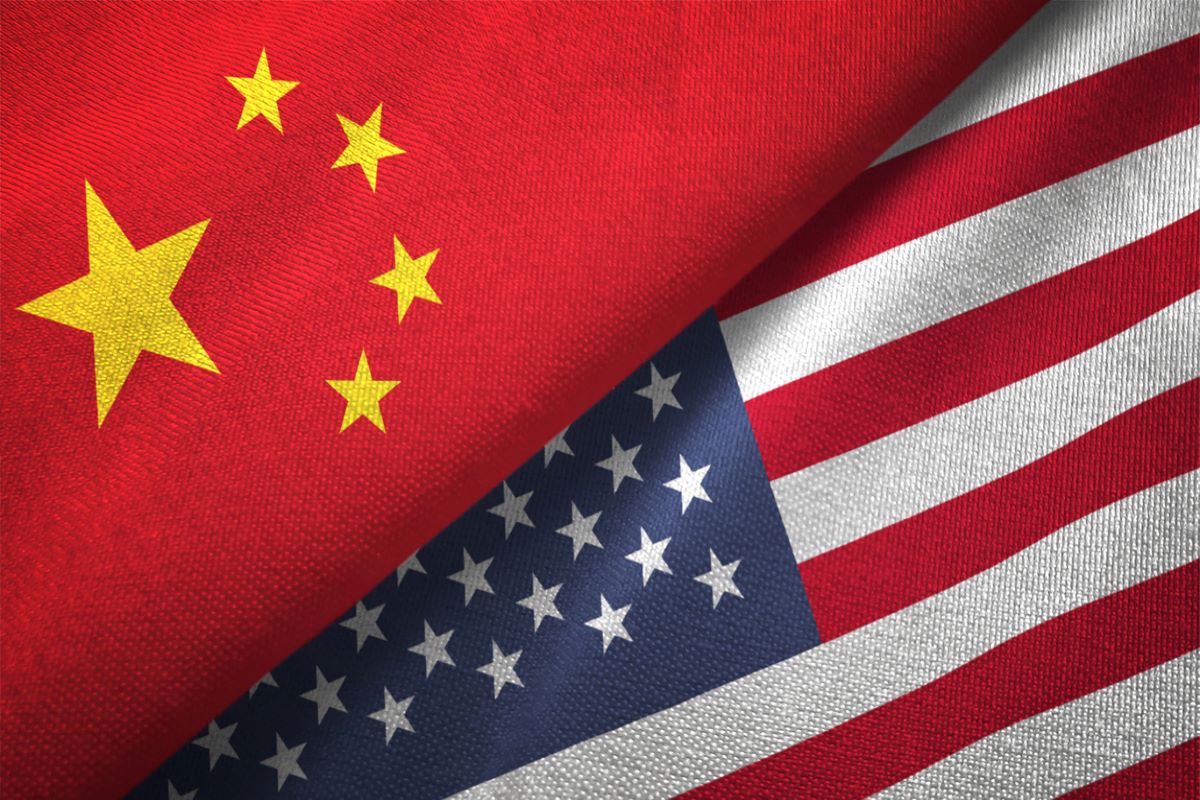US shoots down Palestine’s bid for full UN membership
An isolated US has shot down Palestine's bid to get full UN membership using its veto at the Security Council undermining the keystone of a two-nation solution to the Israel-Palestine conflict.
As a recent Brookings Institution report noted, both the USA and China “would profit from the existence of third-party mechanisms that can provide impartial information, suggest road maps for deconfliction, and outline pathways for collaboration that neither side might trust if emanating from the other”. Asean exerts more influence on China than is commonly understood, especially given its ability to inflict “reputational cost” on Beijing.

representational image (iStock photo)
The Association of South East Asian Nations (Asean) has a long and hoary tradition of consensus-building before taking any policy decision. While this modus operandi made sense in the initial decades of Asean’s existence considering the cultural-ethnic sensitivities and post-colonial prickliness of its member-states and has served it well in the main, the geopolitical flux of the second decade of the 21st century has resulted in the approach becoming largely ineffective.
The big issue of our times is the intensifying USA-China rivalry and for Asean to maintain its relevance, as Shuxian Luo argues in the South China Morning Post, the grouping ought to be positioning itself between the two global giants as a bridge and geopolitical buffer. But consensus on this strategic imperative is proving elusive for Asean. This was brought home following the latest incident in the South China Sea, in which Chinese coastguard vessels blocked and water-cannoned Philippine ships carrying supplies to the Second Thomas Shoal.
While the USA and European Union were quick to respond, Asean couldn’t put together a cogent response delineating its position in real time. The South China Sea issue is one of the two most prominent examples of Asean’s inability to agree on a common approach to emerging challenges ~ how to deal with post-coup Myanmar is the other. As a result, the “chronic inability” of the bloc to speak in one voice has left room for US-China friction to increase which is clearly detrimental to Asean’s interests.
Advertisement
The irony of this state of affairs could not be greater keeping in mind Asean’s unified post-Cold War efforts to build close ties with major global players as a means to encouraging them to develop vested interests in the region’s stability while enabling the grouping to avoid taking sides among competing powers. This strategy achieved remarkable success in bringing peace to the region and built Asean’s reputation as an effective institutional buffer. Today, the emergence of the Quad (comprising USA, Japan, India and Australia) and the Australia-UK-US (AUKUS) trilateral security serve to underline the increasing irrelevance of Asean in the regional security-strategic architecture. It is, however, not too late for Asean to get its act together.
As a recent Brookings Institution report noted, both the USA and China “would profit from the existence of third-party mechanisms that can provide impartial information, suggest road maps for deconfliction, and outline pathways for collaboration that neither side might trust if emanating from the other”. Asean exerts more influence on China than is commonly understood, especially given its ability to inflict “reputational cost” on Beijing.
Washington’s strategic pivot from West Asia to the Asia-Pacific, on the other hand, makes Asean its hands-down first choice of regional partner. But to regain its lost strategic mojo, Asean will have to make a concerted effort to end the navel-gazing it has been indulging in. Consensus or not, as long as a significant majority of member-states can agree upon pushing the strategic centrality of Asean in the power corridors of both Washington and Beijing, the peoples of South-East Asia may continue to enjoy the unprecedented levels of prosperity of past decades.
Advertisement